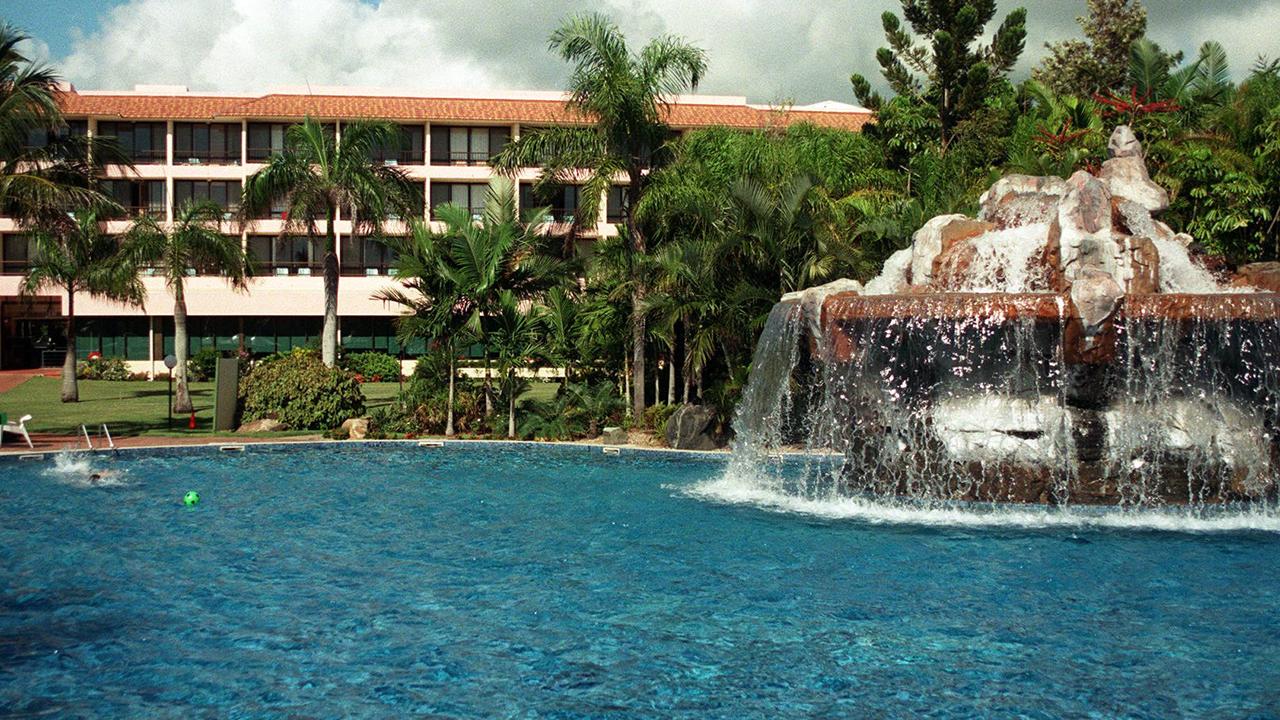Great Barrier Reef: Research shows gender parity for mating green sea turtles
Despite fears the creatures were facing an existential threat, new research has revealed there is no “man drought” for green sea turtles in the southern Great Barrier Reef. WATCH THE VIDEO
Community News
Don't miss out on the headlines from Community News. Followed categories will be added to My News.
Despite fears the creatures were facing an existential threat, new research has revealed there is no “man drought” for green sea turtles in the southern Great Barrier Reef.
Surveys conducted off Queensland’s idyllic Heron Island have brought relief to researchers concerned about the rapid feminisation of the green sea turtle population.
Long known as a hub for the creatures during mating season, recent estimates indicate about 80 per cent of hatchlings born on the island are female.
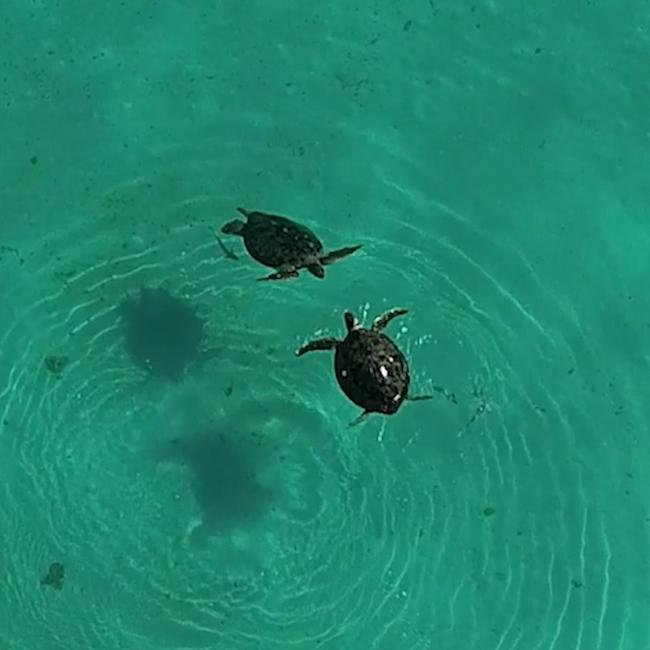
However, new drone research has revealed there is an equal gender ratio for the adult mating population in the region.
Turtle populations globally are being threatened by climate change that is increasing sand temperatures where turtles nest, with the sex of embryos determined by nest temperature.
The hotter the nest the more females.
There are great concerns for the long-term survival of green turtles in northern parts of the Reef.
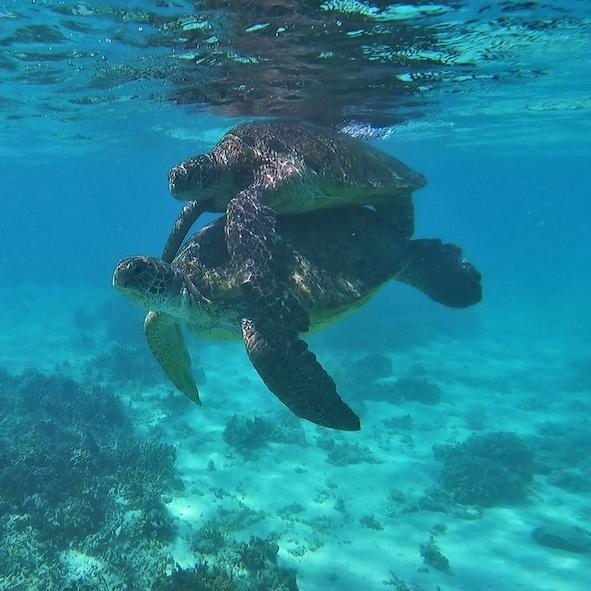
For several decades, green turtles hatching on Raine Island (1500km north of Heron Island) have been 99 per cent female.
Concern over the lack of male hatchlings led to the Turtle Cooling Project, a partnership between the World Wide Fund for Nature-Australia, The University of Queensland, and the Conflict Islands Conservation Initiative.
The project has already shown that pouring sea water on a nest can cool eggs enough to generate male hatchlings.
University of Queensland PhD candidate, Melissa Staines who was the lead author of the recent study said it was “good news” but that there were important caveats.
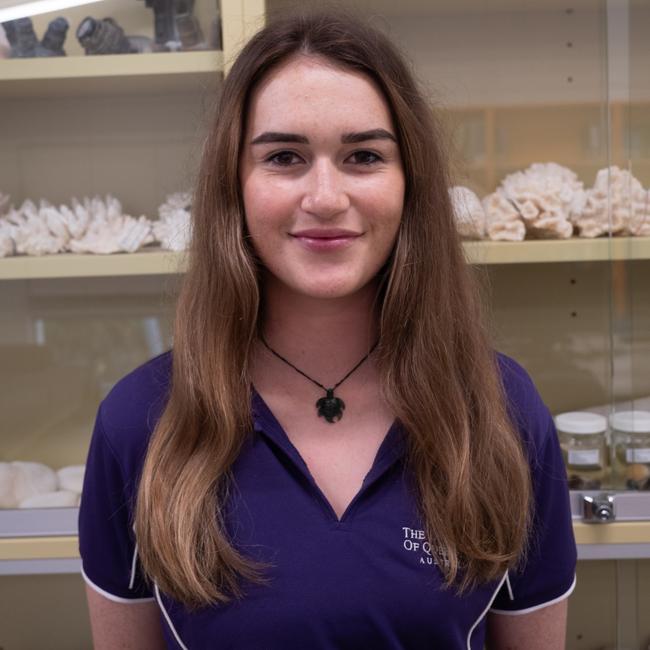
“Females require huge amounts of energy to reproduce, meaning they can only breed every five to seven years whereas males can breed every two to three years,” Ms Staines said.
“This likely explains why the number of males and females arriving to mate was about one-to-one as males can breed two to three times more frequently.
“This operational sex ratio is good news, as it means that there is no immediate need to intervene on Heron Island to produce more males.”
Researchers focused on an inshore section where foods such as seagrass or algal turf were scarce to exclude turtles which may have been foraging rather than mating.
They filmed 38 males and 36 females engaging in courtship and breeding behaviours, with the drone surveys seen as an innovative and non-invasive way to observe natural behaviour.
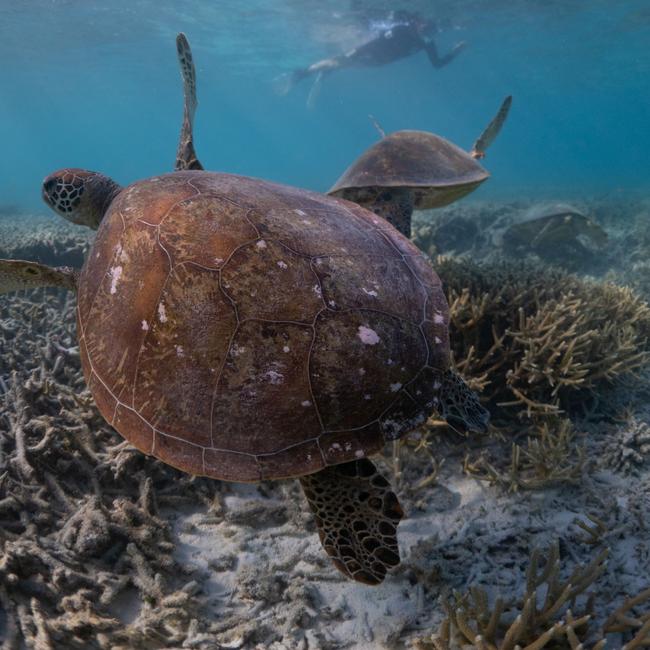
Ms Staines said there was nothing gentle about turtles getting together.
“They can be quite aggressive towards each other as they compete for a mate … if a male has mounted a female, a rival will bite at his flippers and neck and try to pull him away, females will even take a nip at a male if they get too annoyed,” she said.
Modelling published earlier this year revealed that under an extreme climate warming scenario, there will be so few adult northern GBR males that each one will have to mate with 15–30 different females per season just to prevent population decline.




